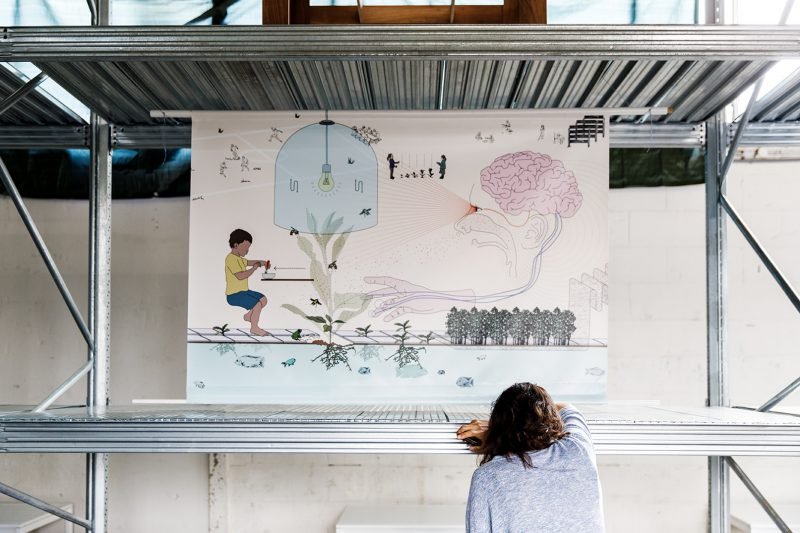IABR President George Brugmans on the Future of the Architecture Biennale
The International Architecture Biennale Rotterdam (IABR) is exploring what role their profession must play when facing the urgent climate challenges. George Brugmans, President of IABR, gave us valuable insight into the future plans of the architecture biennale.
How can the IABR convince the public that climate-friendly planning and thinking is more urgent than ever?
“How can anyone, any organization, anywhere convince the public that climate-friendly planning and thinking is more urgent than ever? That’s the billion-dollar question. For example, look at what’s happenning in Australia right now. While cities there struggle to stay livable, politicians keep on kicking the can down the road when it comes to new climate laws. Whatever it takes is not what gets them elected, it’s that simple, everywhere. The point being that the history of homo sapiens does not give us reason to be overoptimistic.
“People can’t cope with slow threats, it’s not wired into our mindset. We all hope that this year’s hot and dry summer has made people a bit more conscious of the relation between their behavior and climate change, but I wouldn’t put my money on it. It’s September now, it rains again and most people have shaken off any sense of urgency and have turned to the next big thing on Twitter or Instagram. In other words, the IABR functions in a much wider context, it’s a small cultural player, and there’s only so much we can do in terms of creating urgency. So, that makes it a bit of a challenge.”
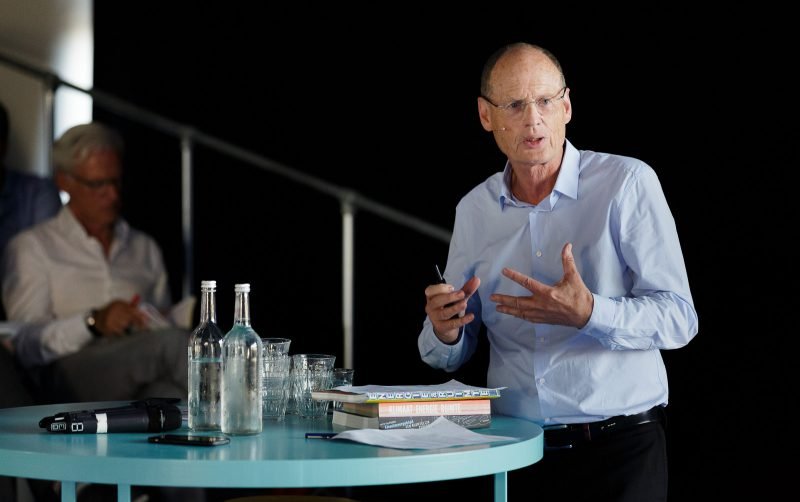
Then what can we do?
“First of all, since Mobility (2003), the first edition of IABR, the policy has been to advance an urgent issue and approach it through the perspective of architecture. Since The Flood (2005), which was about the dangers of sea level rise for cities and how to cope with the risks, the urgent issues we raised were all resilience related. In 2009, Open City’s subtitle was “Designing Coexistence”, and we confronted issues that would now come under the heading of social resilience. Making City (2012) was about design and politics, it was triggered by the need to bring back the capacity for real change into the institutions. Urban by Nature (2014) argued that urban landscapes are our natural ecosystems and that we better start making sense of them in terms of their metabolism. This is urgent given the challenges we face.
In other words, we focus on narrative continuity. We’re not a festival and therefore not too worried about how we could do a blitzkrieg to sway the public, something that would take investments way beyond our means in terms of marketing and communication. It is our policy to progressively advance and add to an ongoing and consistent narrative expecting this to have a ripple effect. Each edition is yet another chapter of the book we’re writing. We’ve been building a track record that, I hope, lends credibility to our claims and gives us a position of influence because we are “IABR”. You can compare it to the position “IDFA” has in, but also beyond the world of documentary film making. Call it slow marketing. Then of course, there’s another instrument, the power of imagination.”
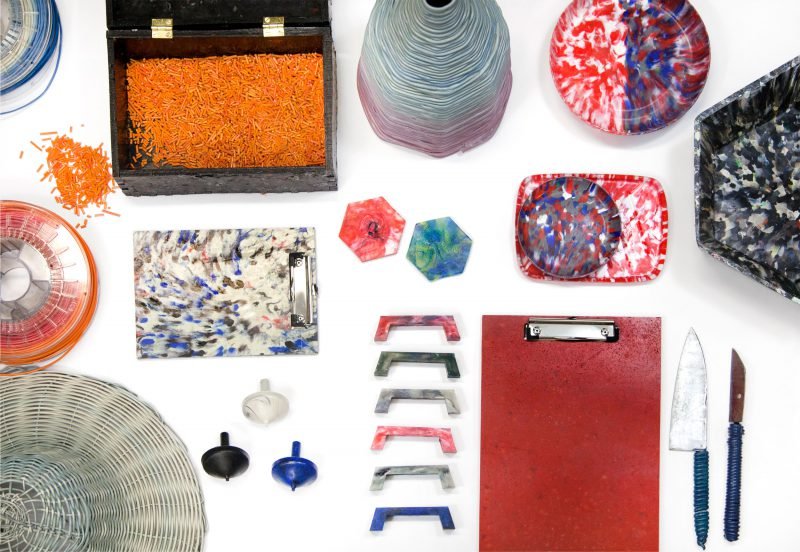
Designers have a very powerful weapon when they know how to handle it. Unlike politicians, private sector interests or stakeholders, who will always quibble about what each of them wants as compared to what the other side wants, and both sides usually for very good reasons, designers can show us what we actually can want. The imagination of the designer that materializes in the de facto design, helps the argument to become focused, concrete and solution oriented. It helps the rest of us to find the missing link between plans and projects, and between projects and plans, and that is what we need. It’s a bridge to where the action is, and as such it is convincing. “Wow, can we really do it? Yes, we can. Then let’s do it!” Crucial, because I think that, when you want something meaningful to happen, when you’re looking for action, the main thing is to persuade people of the fact that something’s doable. Don’t begin with wanting to convince them something’s urgent because that’s so much harder to do.
“Which brings me to one last observation, which is that it’s important to know who exactly you want to convince, and why. Who is the IABR’s public, how can we reach them and what does that imply? We have refused and always will refuse to be lured into this dead-end street where cultural organizations, in order to legitimize themselves, now need to sell as many tickets as they can to as many people as possible, people who are then, as a consequence, reduced to consumers. Such a transactional approach to culture blurs the lines between art and entertainment. Not at all unlike the blurring of lines between entertainment and news that we have been witnessing and that has many people worried, rightly sparking a worldwide public debate. But it is a debate that is conspicuously missing when it comes to arts and culture!
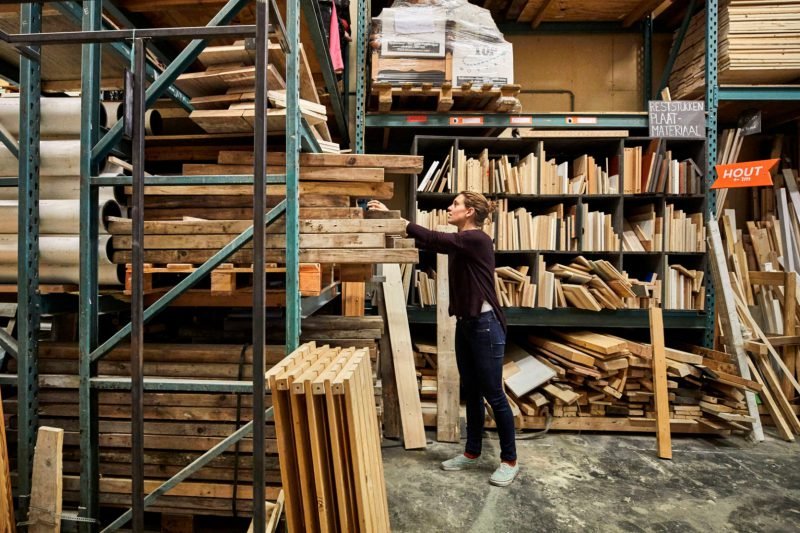
“The Dutch media for instance — the newspapers, public TV — chose the line of least resistance when it comes to the arts and have predominantly embraced entertainment. Of course, there’s good and smart entertainment and there’s bad entertainment, but that’s beside the point. Which is that neoliberal budget cutters always get what they want: what they dismiss as elitist eventually becomes elitist because their budget cutting makes mass entertainment the norm. It’s the dumbing down of it and the inherent contempt for expertise that’s behind it, that infuriate me.
“Now to get back to your question about the IABR, it’s not our first priority, even though I would of course welcome it, that as many people as possible are convinced by what we do that climate-friendly thinking and planning is urgent. What we want is to effectively contribute to the realization of the UN’s Sustainable Development Goals by doing projects that make a difference. For us, it’s crucial to first convince two groups of people.
First, those who are in a position to actually commission projects that can make a difference –administrators, politicians, developers, CEO’s, and so forth. And second, those who have to support such projects because they, often literally, live in them: citizens and stakeholders. The people that, in the final analysis, we work for, our main public if you want, are the people who live and work where we do our projects, our Ateliers. All of them contribute to these projects, one way or the other, and their participation is key when it comes to success. If they embrace the project because we can persuade them it’s doable and makes sense, they will come on board and as a consequence will sooner or later also embrace the urgency of it. But it’ll never work the other way around.
“History proves as much, I think. If you want change then get to work and show others it’s feasible. Go do it. Research and development form IABR’s core business. That’s where we get to work, where we do it and where we have to produce results. That will be our main activity between now and 2020. And if we exhibit the outcomes in 2020 and if they convince even more people and contribute to a growing sense of urgency, that would be really great. The more people join the movement, so to speak, the better. But it’s not our first priority. We’re not product-driven, we’re mission-driven.”
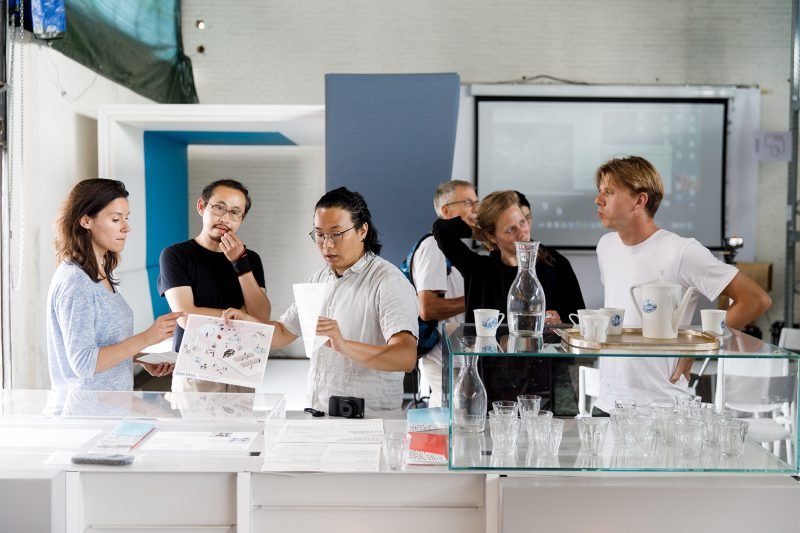
Climate change is a challenge that can’t be tackled by architecture on its own. How is the IABR supporting interdisciplinary work?
“Climate change is a challenge that calls for all-out action by everyone, everywhere, on all fronts. What we’re actually talking about are manmade changes to the earth system where everything is related to everything. We don’t know what we’re doing, we’re only getting so much of it. What we do know is that climate change is a very slow process until, all of a sudden, it isn’t anymore. We know that feedback loops in the system are now driving us towards a tipping point beyond which climate change will dramatically accelerate. An unpredictable domino effect may then very well create havoc and, as for now, we don’t have much of a clue about how we could avoid such a disaster. So, not only do all disciplines have to get their act together as well as collaborate, we also have to come up with entirely new disciplines while we still don’t really know what these are. We have to seriously learn-by-doing. We have to change the way in which we change and how we perceive change.
“We have to change our minds about how we change our minds, that is, how we do research, how we make decisions, how we act, invest and how we govern. Democracy itself will have to be reinvented because, obviously, in its current form it’s not up to the challenge while, just as obviously, the danger now is that more and more people turn away from politics in disgust, or worse, fall for the strong-man myth. We can’t let that happen, that’s a crucial battle we’ll have to fight. Of course, all of that goes for architecture too, it has to reinvent and reboot itself in order to be up to this interdisciplinary challenge. The IABR has always embraced an interdisciplinary approach, especially in our Ateliers and in projects like Water as Leverage, but it’s not easy for us to find the right architects to work with and connect them to the right conditions to work in. We need partners who understand this and are willing to provide us with the open conditions we need to work in. We need architects and urban designers who know how to be the choreographer of interdisciplinary research by design projects that include governance, legal and bankability issues, ecological and economic agendas, and so forth. There are simply not enough designers who can do that. This too is part of what we have identified as “the missing link” problem.”

This year, the IABR took place in two cities in the delta region, Rotterdam and Brussels. Why were these exhibitions presented as two separate events in terms of design and concept and not more connections drawn regarding the program?
“Good question. Part of the answer is: because we can’t always get what we want. It was only in a very late stage, in January of this year, that the Flemish government finally decided about the funding to be made available to our Belgian partners, Architecture Workroom Brussels. It amounted to less than expected but it made a modest exhibition possible. Architecture Workroom Brussels put the ingredients in a pressure cooker and never looked back. And that was OK, because it was the only way for them to pull it off. Flipside was that when they began, we were already in full production mode; we were planning ahead while they were catching up. There simply wasn’t enough alignment possible in terms of programming and communication. Also, they have a different approach than we have, there really are cultural differences. It’s crucial to recognize that when we confront climate change, we face transition challenges that cross borders. We can only succeed if we manage to bridge those cultural differences, that is, if we learn to cope with distinctive perspectives, typical approaches, idiosyncrasies, and dissimilarities.
“We’re all in this together and if we want to solve the problems we have, we have to collaborate across borders, on the scale of the Delta, even of the EU. Not a surprise then that probably the strongest connection between Rotterdam and Brussels is the Delta Atelier that the IABR and the three curators have initiated. Therefore, I don’t have a problem with “not more” or “not enough”, not now anyway. What I celebrate is that there were two exhibitions, that the first step has been taken, that the Flemish Minister of Culture, Sven Gatz, has publicly embraced the concept of the delta biennale, calling “the new connection between Brussels and Rotterdam extremely promising”, that Leo Van Broeck, the Flemish Government Architect and one of our curators, has been very supportive, that there has been a lot of positive feedback from our Belgian partners, and that everyone is really eager to continue. All in all, enough momentum was created to trust that, in 2020, we can go one better.”
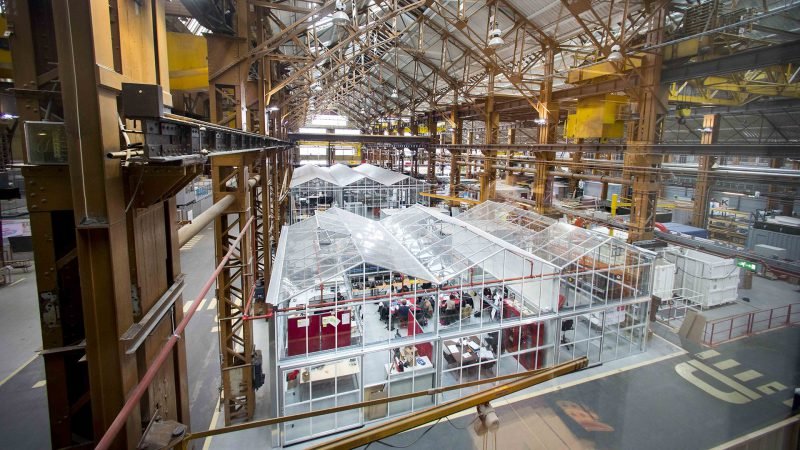
To make change happen in the coming years, we think that the IABR needs to evolve from an exhibition into a new medium in order to foster imagination. How could the IABR look like in the future, if it’s not mainly an exhibition?
“Sure, I agree, an exhibition as a medium is very 20th century, very classic. It’s a very “heavy” and expensive medium, not perfect for communicating the urgencies we’re addressing and too static and conclusive really to foster and encourage genuine action. I realized this a long time ago and was very delighted with our close collaboration with the VPRO, from 2009 until 2012. That allowed for using other media –television, radio and the internet– in partnership with a public broadcaster and therefore with a much bigger outreach. However, after 2012 both cultural organizations and public broadcasters in the Netherlands fell victim to neoliberal arrangements rechanneling taxpayers’ money away from the public domain and towards the private sector. The kind of collaboration we had with the VPRO now has become truly impossible.
“Since then we’ve been concentrating on our IABR–Ateliers, concrete research by design trajectories that effectively connect imagination to implementation, and plans to projects, and that can trigger action, the actual making of city. It’s in the Ateliers where much of the IABR takes place, and where most of our public is, as I argued earlier, because, contrary to what you are suggesting, we are not “mainly an exhibition”. In terms of turnover, money, people, time, et cetera, between about 65% of what we do are research by design projects, and the remaining 35% is “biennale”, that is, exhibitions and public programming. Which means that for us the exhibition is not the goal but the means. The “biennale” is when we connect what we do the rest of the time, our core business, to a wider audience. The “biennale” is a tool, it’s integrated into the process of city making that we have developed. So, we’re moving further and further away from the classic expo model. But all I can say now about what the IABR will look like in the future is that it will be different again. There is no masterplan. There never is.”
